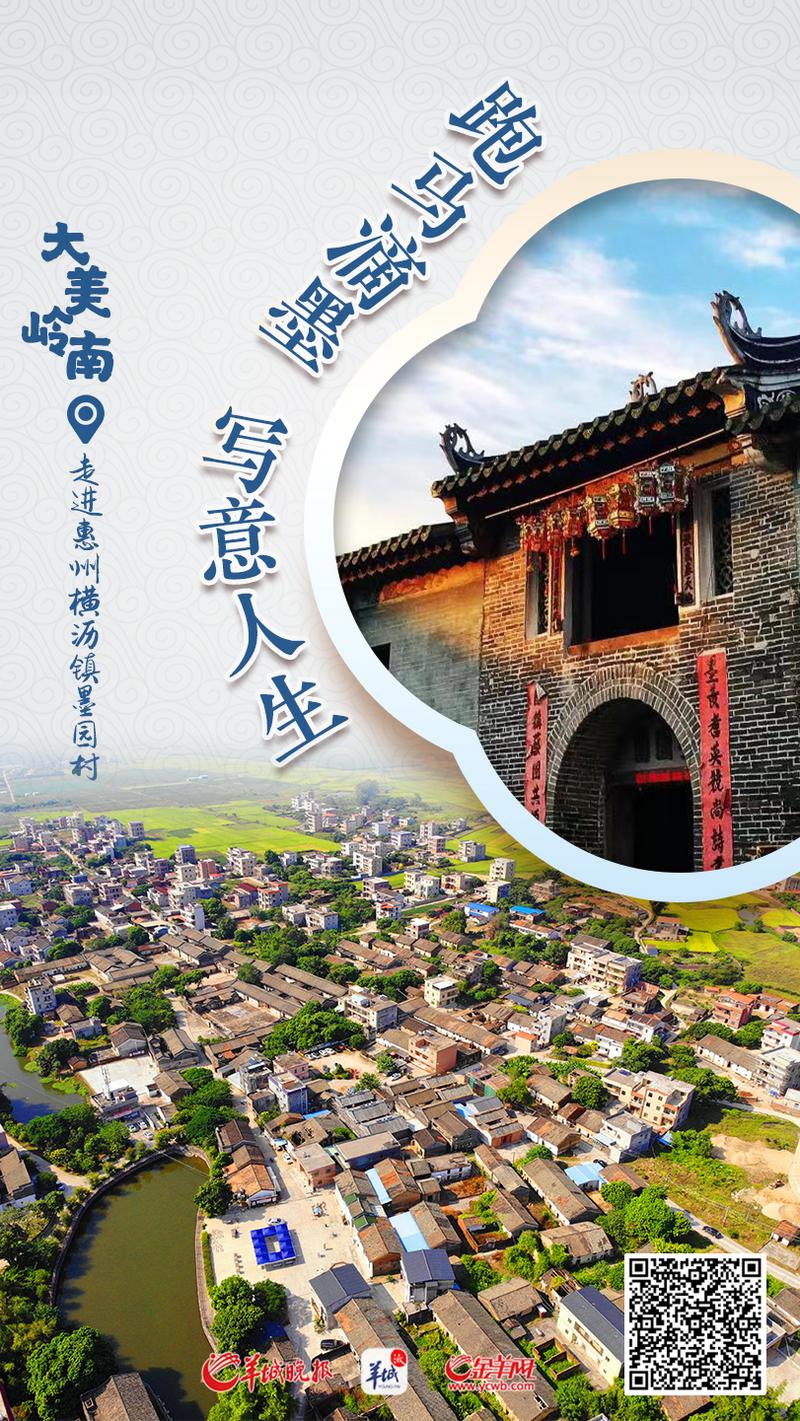Localizada na confluência das margens média e superior do rio Dong na cidade de Hengli, distrito de Huicheng, Huizhou, Moyuanéuma bela e habitável aldeia agrícola rodeada por colinas a leste, oeste e norte.
Com uma cultura de leitura agrícola, a aldeiaéo complexo arquitectónico antigo mais bem preservado de Huizhou. A arquitectura mais antiga da aldeia foi construída na Dinastia Ming.
O nome da aldeia provém de uma história antiga. De acordo com a genealogia local, os aldeões migraram de Zhangzhou para Huizhou, Fujian no final das dinastias Ming (1368-1644) e Qing (1644-1911). Diz-se que com o passar do tempo, a população foi aumentando e a terra não era suficiente, pelo que negociaram a compra de camposàs aldeias vizinhas. Devido aos limitados fundos angariados e aos preciosos campos antigos, as aldeias vizinhas mostraram-se relutantes em vender os campos. Depois deram aos antepassados uma garrafa de tinta e disseram-lhes que iriam vender os campos aos antepassados de acordo com aárea designada da tinta. Assim, os antepassados discutiram a estratégia de "correr cavalos a deixar cair tinta", delineando oâmbito da aldeia, pelo que se chama "Moyuan" (Mo, a tinta em pinyin chinês).
Agora, a aldeia desfruta de um cenário imponente e abraça uma profunda cultura de leitura agrícola. Tem também o costume tradicional de celebrar o Festival da Lanterna, que tem mais de 200 anos de história. Vamos escrever o futuro com a tinta dos povos antigos!

Located at the confluence of the middle and upper reaches of theDong River in Hengli Town, Huicheng District, Huizhou, Moyuan is a beautiful and livable agricultural village surrounded by hills to the east, west, and north.
With a farming-reading culture, the village is the most well-preserved ancient architectural complex in Huizhou. The oldest architecture in the village was built in the Ming Dynasty.
The name of the village originates from an old story. According to the local genealogy, the villagers migrated to Huizhou from Zhangzhou, Fujian in the late Ming (1368-1644) and early Qing (1644-1911) dynasties. It is said that as time went on, the population grew larger and the land was not enough, so they negotiated to buy fields from the neighboring villages. Due to the limited funds raised and the precious ancient fields, the neighboring villages were reluctant to sell the fields. Then they gave the ancestors a bottle of ink and told them that they would sell thefields to the ancestors according tothe designated area of the ink. Therefore, the ancestors discussed the strategy of "running horses dropping ink".It delineates the scope ofthe village, so it is named "Moyuan"(Mo, the ink in Chinese pinyin).
Now, the village enjoys an imposing scenery and embraces a deep farming-reading culture. It also holds the traditional custom of celebrating the Lantern Festival, which has more than 200 years of history. Let's write the future with ancient people's ink!
墨园村位于惠州市惠城区横沥镇东江中上游交汇处,东、西、北三面环山,是一个风景秀美、宜居宜业的农业型村落,耕读文化氛围浓厚。也是惠州保存最完好的古建筑群,其中最古老的文物建于明代。
关于墨园村名字的由来,诗意的村名背后有段古。据当地族谱记载,村民是明末清初从福建漳州迁移到惠州。传说先祖迁移至此地,随着时间推移,人口渐多,土地不足便商量向邻村购买田地,由于筹集的资金有限,加之古代田地十分珍贵,邻村并不情愿将田地出售,随后便给墨园先祖一瓶墨水,并告知:墨园划定多大的面积便卖给墨园先祖,故此,先辈们便商量出“跑马滴墨”的计策,圈定了现今墨园村的范围,故名“墨园”。
如今,墨园村风景秀美,耕读文化氛围浓厚;至今仍保留着具有200多年历史的闹元宵传统习俗。就让我们“借古人之墨,写今日人生”。




